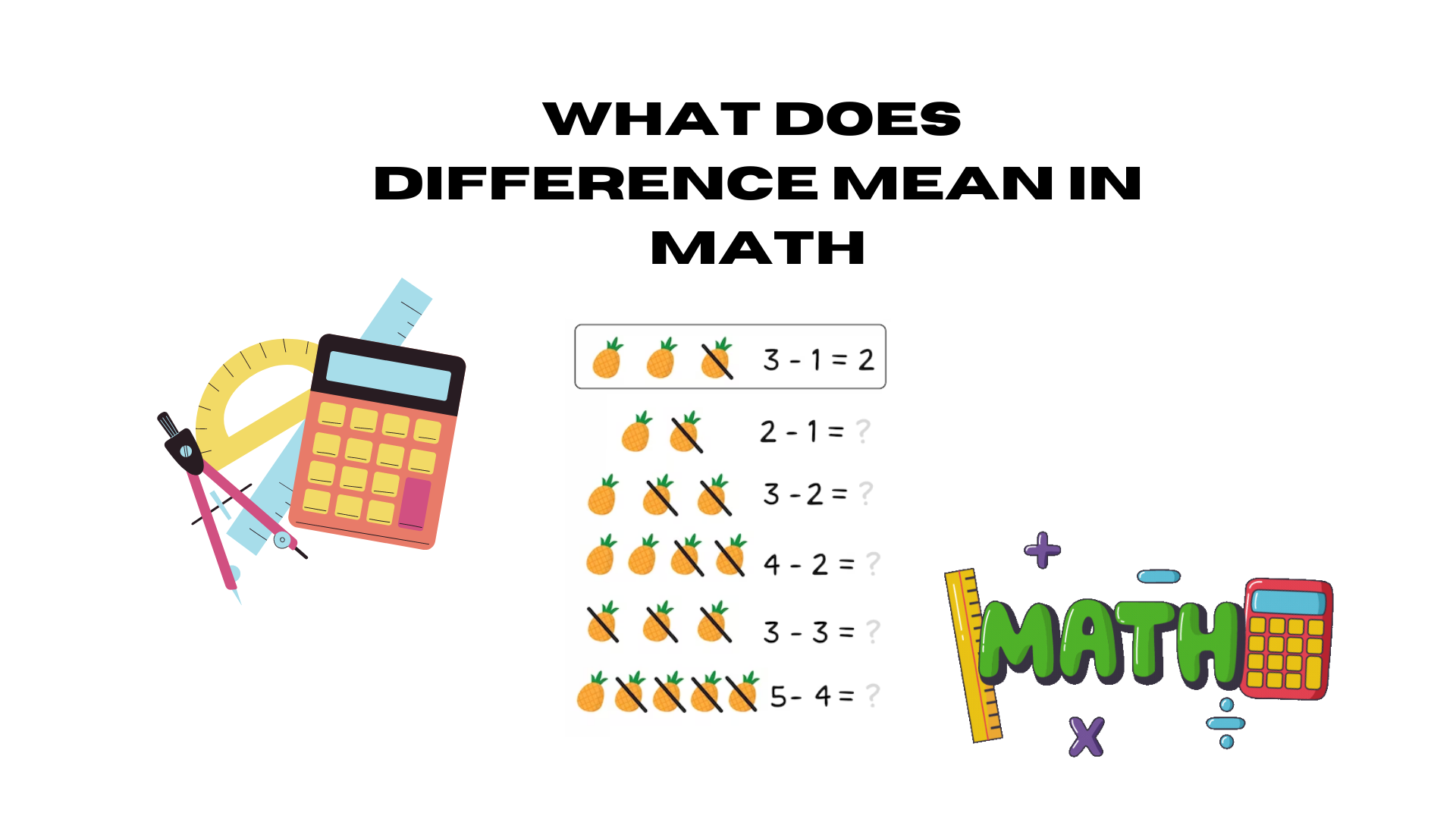Such transformations enable for flexible areas that respond dynamically to shifting needs, similar to remote working, urban densification, or nature integration. Whereas horizontal strategies provide the potential for speedy growth and diversification, in addition they come with challenges such as intense competition and the necessity for broad customization. A company’s long-term objectives ought to guide its choice between horizontal and vertical methods. Firms aiming for speedy development and market dominance may prioritize horizontal methods, while these seeking to construct long-term experience and buyer loyalty may go for vertical approaches.
This may be particularly efficient in creating a sense of narrative or storytelling, because the artist can use lines to guide the viewer’s eye through the scene. Failure to balance vertical and horizontal components can result in inefficient circulation, visual dissonance, or structural overreach. Over-verticalization might create areas which might be exhausting to navigate and costly to construct, whereas excessive horizontal enlargement can lead to underutilized areas.
Horizontal Vs Vertical – Key Variations In Multiple Contexts
Horizontal, conversely, pertains to an orientation that is parallel to the horizon, extending from left to proper. Picture a relaxed, flat horizon over a serene sea at sunset, or the peaceful stretch of a meadow. For graphic design, software like Adobe Illustrator or Photoshop provides grids and guides that assist designers in aligning components horizontally and vertically. These tools permit for precise control and manipulation of dimension, helping create a balanced composition. Moreover, physical tools like rulers and measuring tapes are basic for artists and craftspeople to precisely gauge dimensions of their work. There are various instruments obtainable to assist visualize horizontal and vertical dimensions, every serving completely different functions relying on the context.
In other words, a horizontal line is a line that has a slope of zero, meaning it doesn’t rise or fall because it strikes from left to proper. The distinction between vertical and horizontal is key and performs a pivotal function in various elements of design, art, and on a daily basis life. In essence, it is all concerning the orientation of lines, objects, or components in relation to the Earth’s gravitational pull. Horizontal and vertical strains have various applications in arithmetic and real-world situations. Horizontal lines are generally used to characterize fixed values, such as temperature over time or the extent of a liquid in a container.

Vertical Strains:

In layman terms, a line or airplane is claimed to be horizontal if it runs side-to-side rather than up-and-down. This idea is commonly used as an absolute course that remains fastened regardless of your position on Earth. On the opposite hand, “parallel” can discuss with the simultaneous prevalence or similarity of processes, events, or ideas with out direct interplay. “Horizontal” refers to something that is aligned along the horizon or perpendicular to the vertical path, while “parallel” refers to objects or traces that are equidistant and never meet. Understanding this relationship can greatly improve your understanding and appreciation of assorted artwork forms, architectural designs, and technological functions.

Interesting artists like Piet Mondrian used easy horizontal and vertical traces to convey deep emotional and philosophical concepts through abstract composition. The article goals to clarify this confusion between horizontal vs vertical when used in a quantity of contexts. These two orientations additionally play pivotal roles in economics & business realms where they have unique connotations associated not only space however strategies too! Horizontal positioning is often utilized in landscape pictures, print design, and charts and graphs. Horizontal positioning can also be used to create a way of stability and stability in the composition.
Conversely, in industries with broad customer bases, a horizontal strategy may be more effective. A vertical line is a line that extends from prime to bottom and is parallel to the y-axis within the coordinate plane. It is a straight line that runs from the highest of a page or a graph to the underside, with no slant or inclination.
These constructions determine how an organization is organized, how choices are made, and the way employees work together with each other. Horizontal integration occurs when an organization acquires or merges with another firm that operates on the similar level within the worth https://www.simple-accounting.org/ chain or inside the similar business. The aim of horizontal integration is to broaden market share, cut back competition, and achieve economies of scale. In distinction, “vertical” refers to strategies, markets, or integrations which would possibly be narrowly targeted on a specific sector or business.

From the tranquil magnificence appreciated in artwork to the structural power in architecture, and from mathematical rules to cultural interpretations, these two orientations play critical roles. Whether discussing the orientation of a photograph, arranging furniture in a room, or designing a net site, understanding the difference between these two concepts is essential. This article will delve into what horizontal and vertical mean, their purposes, and the way they affect our every day lives and numerous fields similar to artwork, mathematics, and design. The area of structure heavily relies on manipulating horizontal versus vertical elements for reaching different spatial results. In abstract, selecting between horizontal and vertical writing modes ought to be based on the audience and the content material being introduced. While horizontal writing is the standard for English language websites, vertical writing could be efficient in certain conditions.
- “Horizontal” refers to one thing that’s aligned alongside the horizon or perpendicular to the vertical course, while “parallel” refers to objects or traces that are equidistant and never meet.
- As you replicate on your environment, consider how you have to use horizontal and vertical alignments to reinforce your design, communication, or any aspect of your private or skilled life.
- It creates a way of height and grandeur, and can be utilized to create a way of hierarchy and emphasis in the composition.
- For instance, when a shoe making company takes over its rival shoe making company, it is known as horizontal integration (or a merger).
- In this article, we are going to explore the characteristics of horizontal and vertical strains and evaluate their differences.
These components not solely optimize spatial efficiency but also contribute to a building’s iconic status and cultural identification. For instance, the Sydney Opera House exemplifies how vertical and horizontal spatial interaction can produce iconic architecture that balances kind and function seamlessly. In healthcare, the choice between horizontal and vertical approaches can influence service supply and affected person care. In retail, horizontal and vertical strategies affect product choices and market positioning. The selection between horizontal and vertical approaches is not limited to a specific industry; it applies across numerous sectors, every with its unique concerns. Beyond markets and integration, the terms horizontal and vertical also apply to organizational structures.
